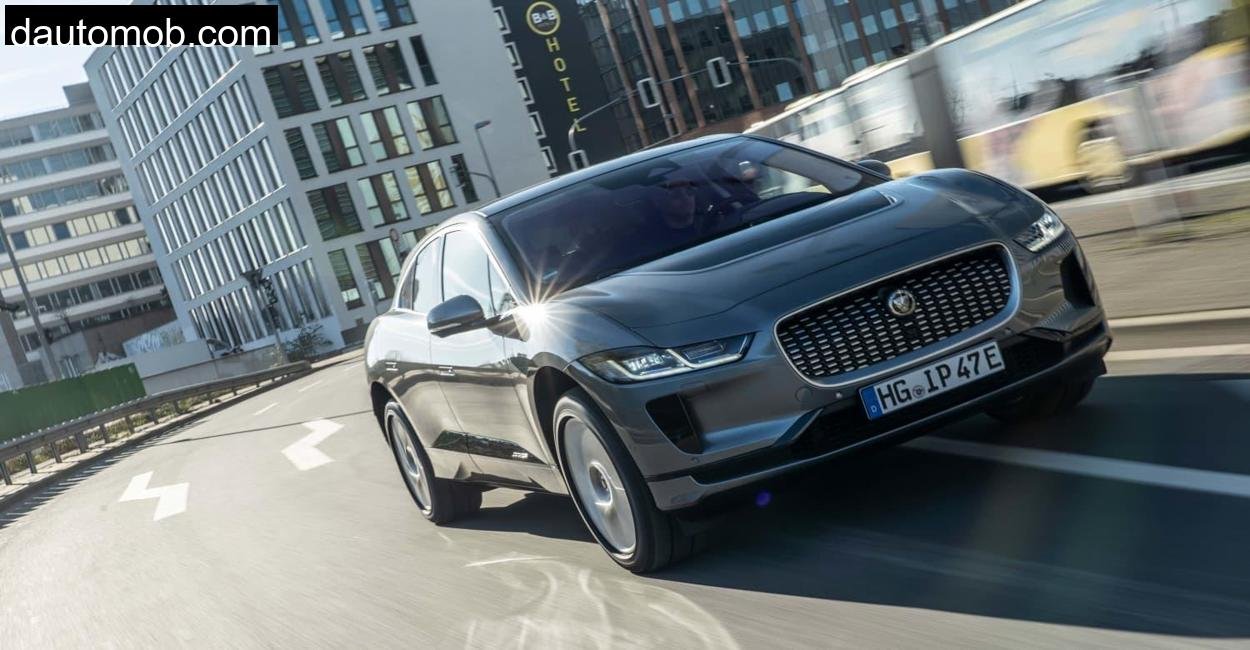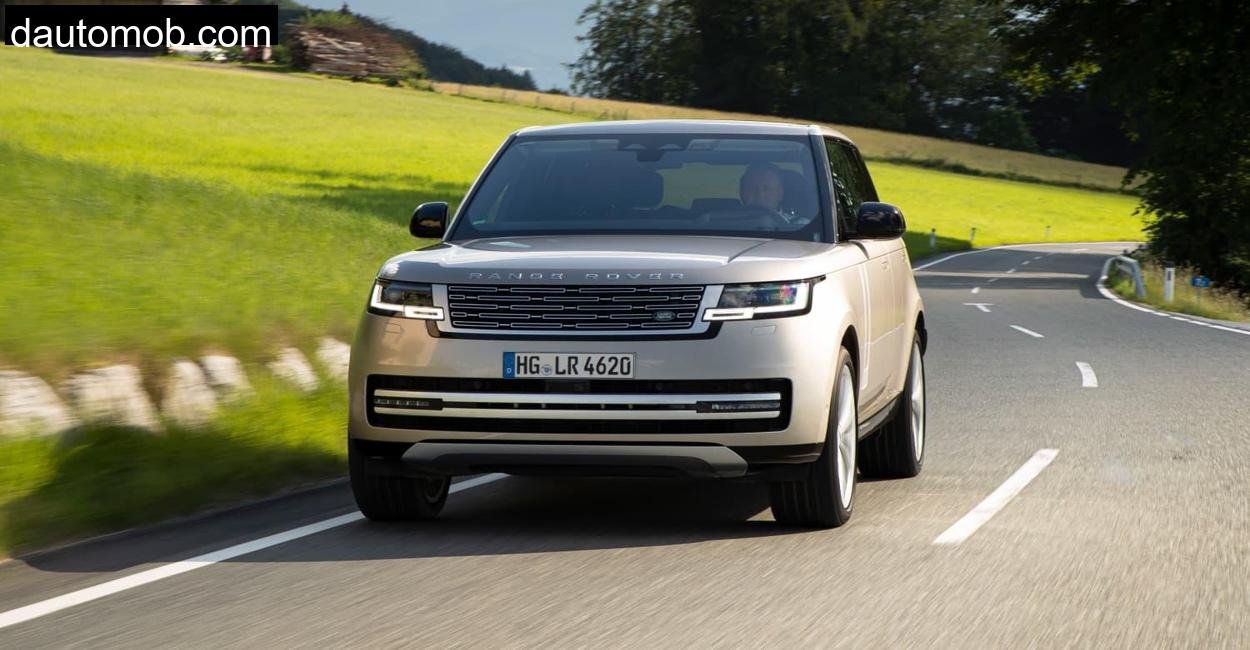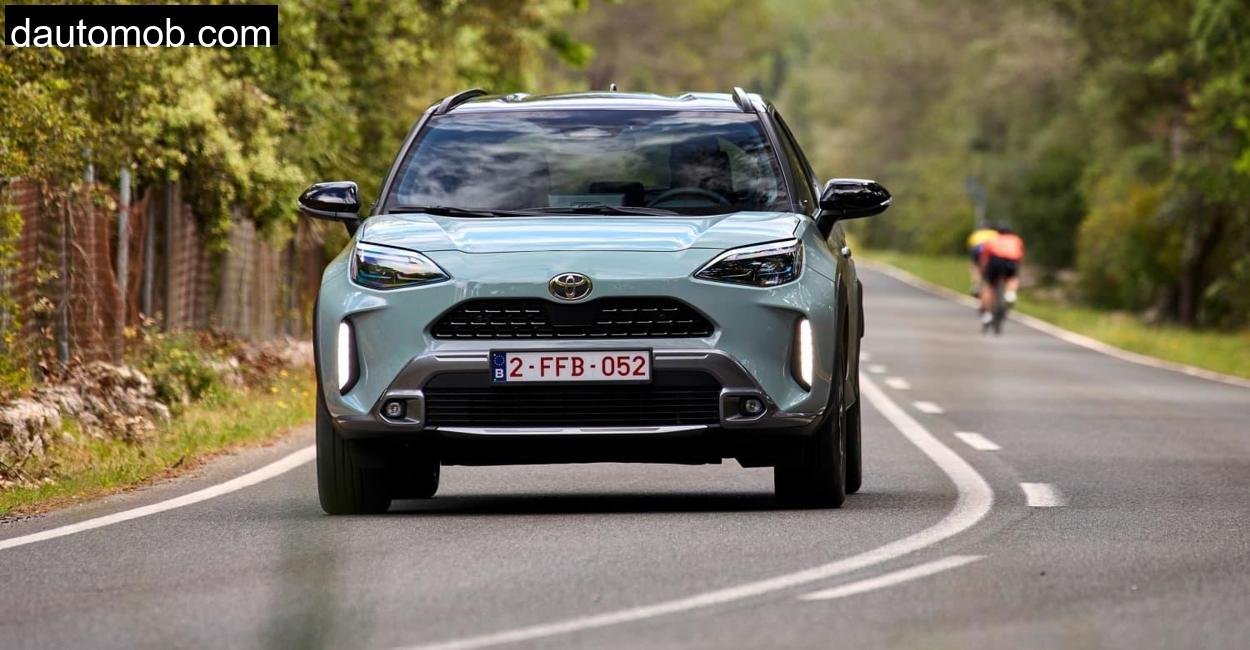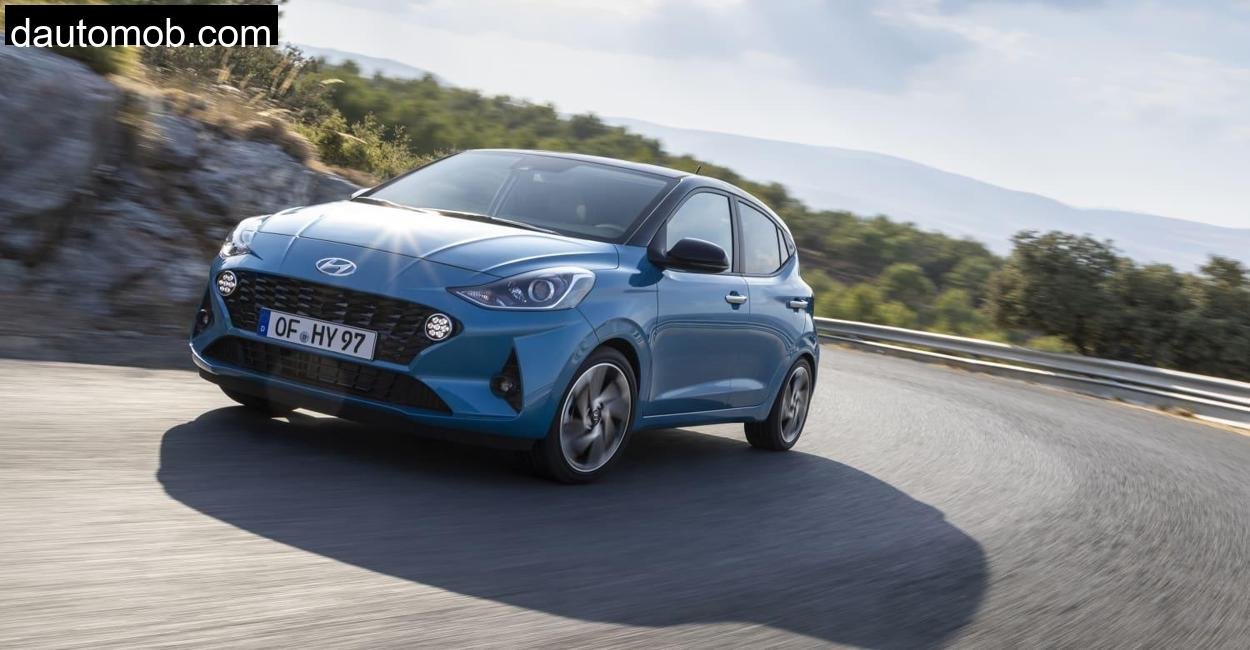When I first laid eyes on the Aiways U5, it was parked under the long shadow of a beech tree in the heart of the Drawehn region, a patchwork of sandy ridges, pine woods, and gently rolling heaths tucked away in Lower Saxony. The early morning fog was lifting slowly off the forest lanes, sunlight peeking through in long beams like some divine spotlight. I stood there, coffee in hand, staring at this Chinese-built electric SUV, wondering if it was truly ready for European roads, or more personally, for mine.
I’d tested many cars over the years, but this one felt different even before I opened the door. There’s always skepticism attached to something new and foreign, especially from a brand that wasn’t even a blip on the radar a few years ago. And yet, the Aiways U5 stood there looking confident, sculpted, and, dare I say, inviting.
That day in Drawehn would become a long one, weaving through winding stretches of rural asphalt, forest clearings, village lanes, and a few fast highway runs. What follows is my unfiltered, hands-on experience with the Aiways U5, an electric SUV that came to Germany via a 15,000 km overland journey from China. A car with a lot to prove.
An Unexpected First Impression: Design and Build Quality
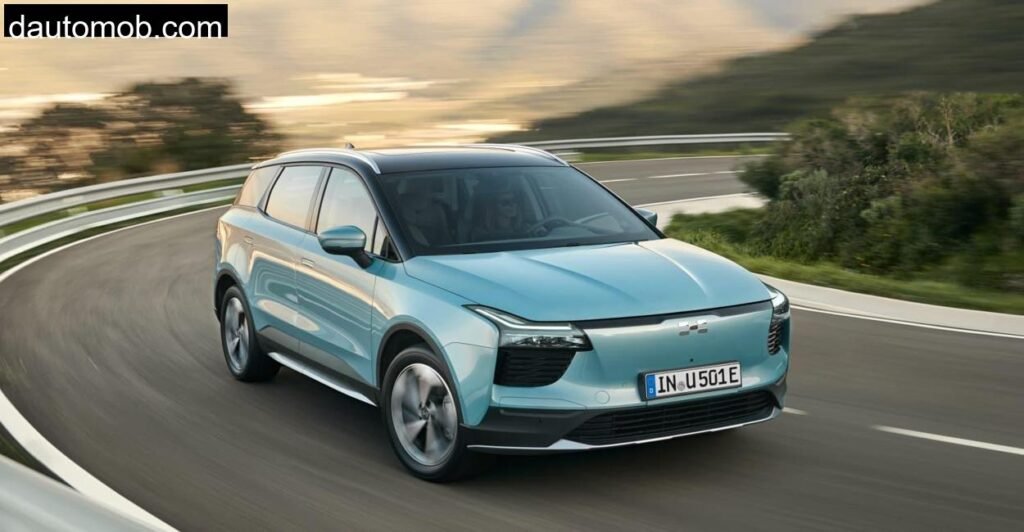
As I circled the U5 in the stillness of morning, a few things became instantly clear. At 4.68 meters long, the Aiways U5 slots itself neatly into the midsize SUV segment, aiming directly at the likes of the VW ID.4, Skoda Enyaq, and even the Mercedes EQC, at half the price.
The front fascia is clean and modern, with a sliver-thin LED light strip and flush-fitting panels that defy its relatively modest price. The recessed door handles added a nice futuristic touch, and the lines, while not overly aggressive, were taut enough to imply some driving intent.
Inside, the U5 surprised me even more. Soft-touch materials on the dash, felt-lined door bins, and a well-balanced blend of matte plastics and piano black trim gave the cabin a level of polish I didn’t expect. A panoramic sunroof above my head filled the cabin with light, making it feel more premium than the price tag would ever suggest.
But then came the quirks. No glovebox. No dimming rear-view mirror. And no built-in navigation system. The Chinese engineers, in their first production car, had evidently made a few head-scratching omissions. That said, plug in your phone and Apple CarPlay or Android Auto takes care of guidance. Just another sign that this car leans heavily into smartphone culture, and cost-saving logic.
Powertrain and Performance: The Electric Pulse of Drawehn
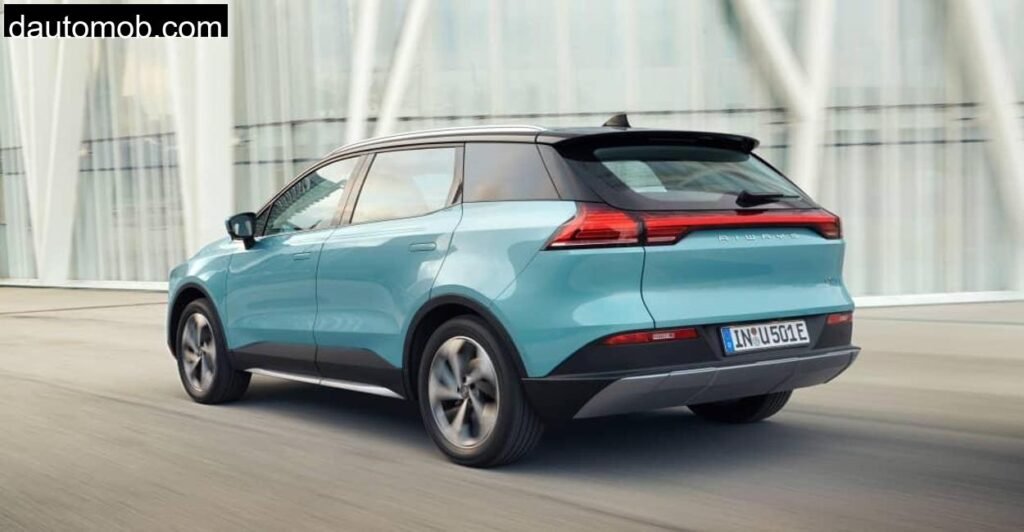
I pressed the start button, and the Aiways U5 came to life with a barely audible hum. Its electric motor, mounted up front, churns out 150 kW, or 204 hp, and delivers a solid 310 Nm of torque. With my foot gently on the accelerator, the SUV eased silently out onto the two-lane L231 highway slicing through the Drawehn forest.
I wasn’t expecting much, 204 hp in a 1.77-ton SUV doesn’t exactly scream excitement, but the U5 had other plans. From a standstill, it delivered its torque instantly. The front wheels did struggle slightly for grip on damp forest roads, but the traction control quickly smoothed things out.
On the way up to Clenze, with its long open stretches and gentle curves, I tested the acceleration. 0 to 100 km/h came up in around 7.8 seconds, not blistering, but more than adequate. The top speed, capped at 160 km/h, might raise eyebrows, but let’s be honest, how often do you cruise above that in daily life?
The ride itself was… civilized. The suspension didn’t attempt to be sporty, nor did it wallow like a barge. It was tuned for comfort, and the damping soaked up the region’s occasional potholes and rough rural edges without complaint. The U5 may lack adaptive suspension, but its conventional setup did a respectable job.
Handling and Braking: Confidence in Corners and Stops
The Drawehn’s elevation changes and narrow forest chicanes are ideal for evaluating a car’s handling. And while the Aiways U5 isn’t a corner carver, it didn’t feel out of place. Steering was electrically assisted and surprisingly responsive, though a bit numb. Body roll? Yes, there was some, especially during quick transitions, but the U5 never felt unsettled.
What did catch me off guard was the braking performance. From 100 km/h, the U5 needed 36.5 meters to come to a stop, not terrible, but not class-leading either. Regenerative braking could be toggled, but even on the strongest setting, it lacked the one-pedal driving feel I’ve grown used to in Teslas or even the Nissan Leaf.
Still, in real-world usage, especially when descending a steep hill near Bergen Dumme, it was composed and manageable. The interaction between the regen system and traditional brakes was well-calibrated, with no jerkiness or abrupt transitions.
Space and Practicality: Like a Big Airy Living Room
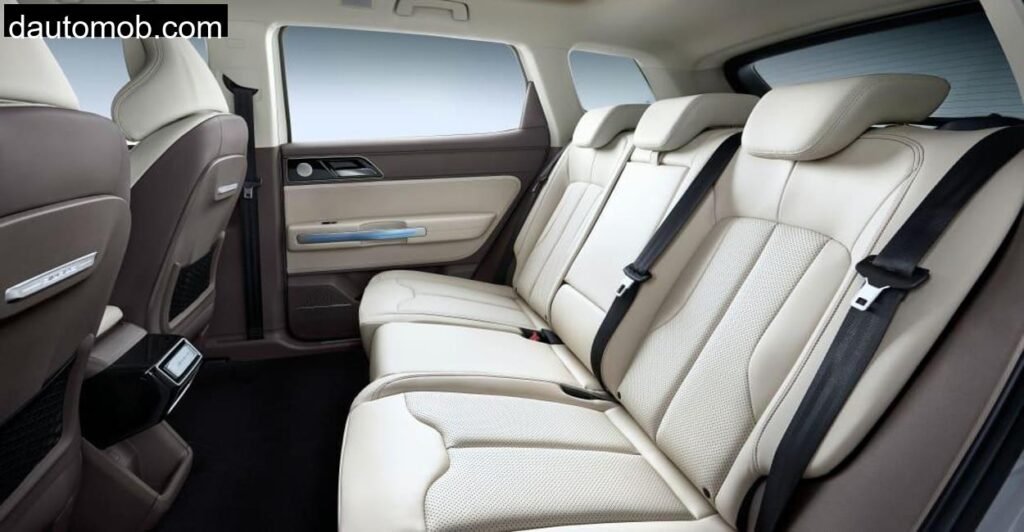
Where the Aiways U5 truly shines is interior space. My wife joined me for part of the drive, and we both marveled at how much room there was in the back. I’m 6’1″ and still had several inches of leg and headroom in the rear. The flat floor and wide bench make it a strong contender for families.
Boot space? With the seats up, you get 432 liters. Fold them down, and it opens to a cavernous 1,555 liters. We packed the trunk with camera gear, picnic supplies, and a foldable drone rig, and still had space left.
One caveat, however: the U5’s payload is only 385 kg. That’s tight. With five adults on board, you’re close to the legal limit before even thinking of luggage. A strange oversight for a car this big.
Charging and Range: Surprising Speed, Average Distance
By the time we reached Hitzacker, the battery gauge was hovering around 40 percent. The U5 comes with a 63 kWh (gross) battery, delivering a WLTP range of 400 km. In our real-world test, with hills, fast runs, and air conditioning on, we achieved just under 300 km, right in line with the testing.
Charging performance was where the Aiways punched above its weight. At a 90 kW DC charger, I watched the car gulp down electrons at an average of 78 kW. In just 30 minutes, we added over 210 km of range. That’s competitive even against far pricier rivals.
AC charging is now at 11 kW, up from the older 6.6 kW limit, making overnight home top-ups perfectly practical. That’s a huge win for real-life usability.
Technical Specifications
We use Aiways’s official website to get all technical details quickly and accurately.”
| Specification | Aiways U5 Prime (2022) |
| Powertrain | Electric (FWD) |
| Maximum Power | 150 kW / 204 hp |
| Torque | 310 Nm |
| 0–100 km/h | 7.7 seconds |
| Top Speed | 160 km/h |
| Battery Capacity (gross) | 63.0 kWh |
| WLTP Range | 400 km |
| Real-World Range (tested) | ~290–300 km |
| Charging AC / DC | 11 kW / 90 kW |
| Boot Capacity | 432 – 1,555 liters |
| Length × Width × Height | 4680 × 1865 × 1700 mm |
| Empty Weight | 1,770 kg |
| Payload | 385 kg |
| Towing Capacity (braked) | 1,500 kg |
| Base Price | €46,529 (Germany, 2022) |
Conclusion: The Underdog That Deserves a Second Look
By the time the sun began to dip behind the Drawehn’s ridgelines, I found myself genuinely impressed. The Aiways U5 isn’t perfect, its infotainment quirks, modest payload, and missing glovebox are reminders that it’s a first-gen product.
But viewed holistically? It’s a credible, competent, and comfortable electric SUV. One that undercuts the competition by thousands of euros without feeling like a budget compromise.
The U5 isn’t here to win drag races or dominate off-road trails. It’s here to offer affordable, spacious, everyday electric mobility with surprising levels of refinement. In that mission, it succeeds.
As I powered it down beneath the same tree where I met it that morning, I had to smile. The Aiways U5 might be from China, but after a day in the Drawehn, it felt very much at home.
Is the Aiways U5 available in Germany?
Yes, the U5 is available through direct sales and service partnerships, including ATU workshops for maintenance.
What’s the real-world range of the Aiways U5?
Expect around 290–300 km in mixed driving conditions with climate control on. WLTP rating is 400 km.
How fast does Aiways U5 charge?
DC fast charging supports up to 90 kW. A 30-minute session adds around 210 km of range. AC charging is 11 kW.
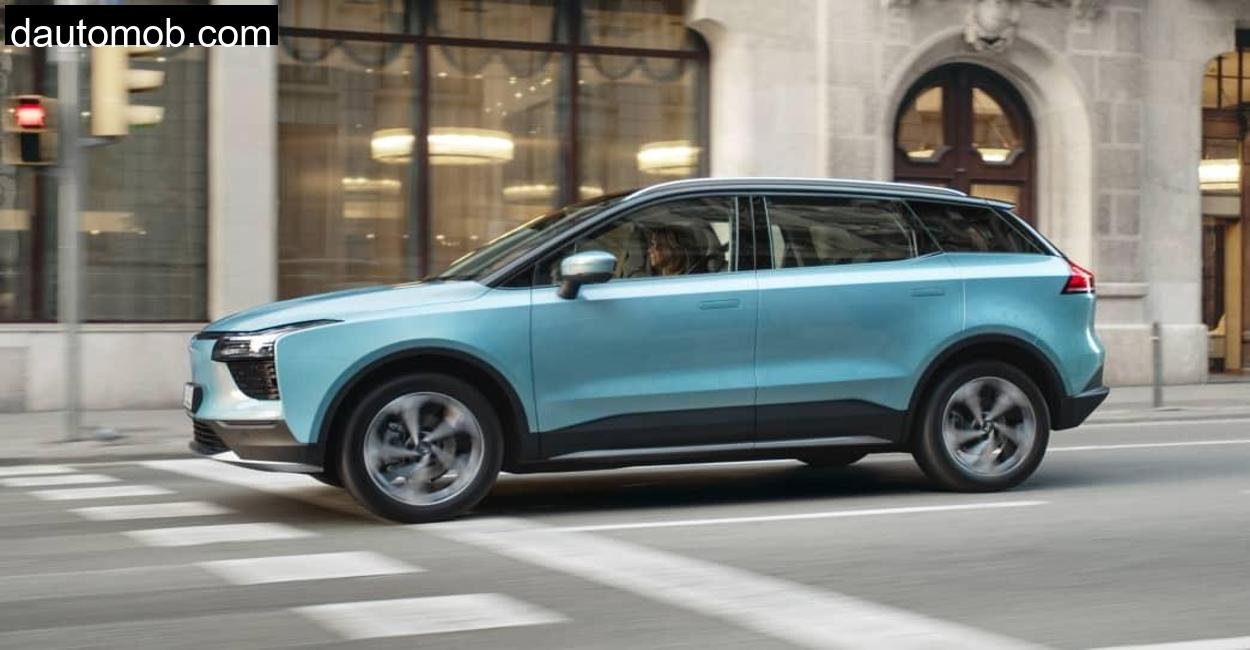
 Thanks to its advanced MAS platform, it not only offers impressive efficiency, but also a spaciousness that is second to none.
Thanks to its advanced MAS platform, it not only offers impressive efficiency, but also a spaciousness that is second to none. 
